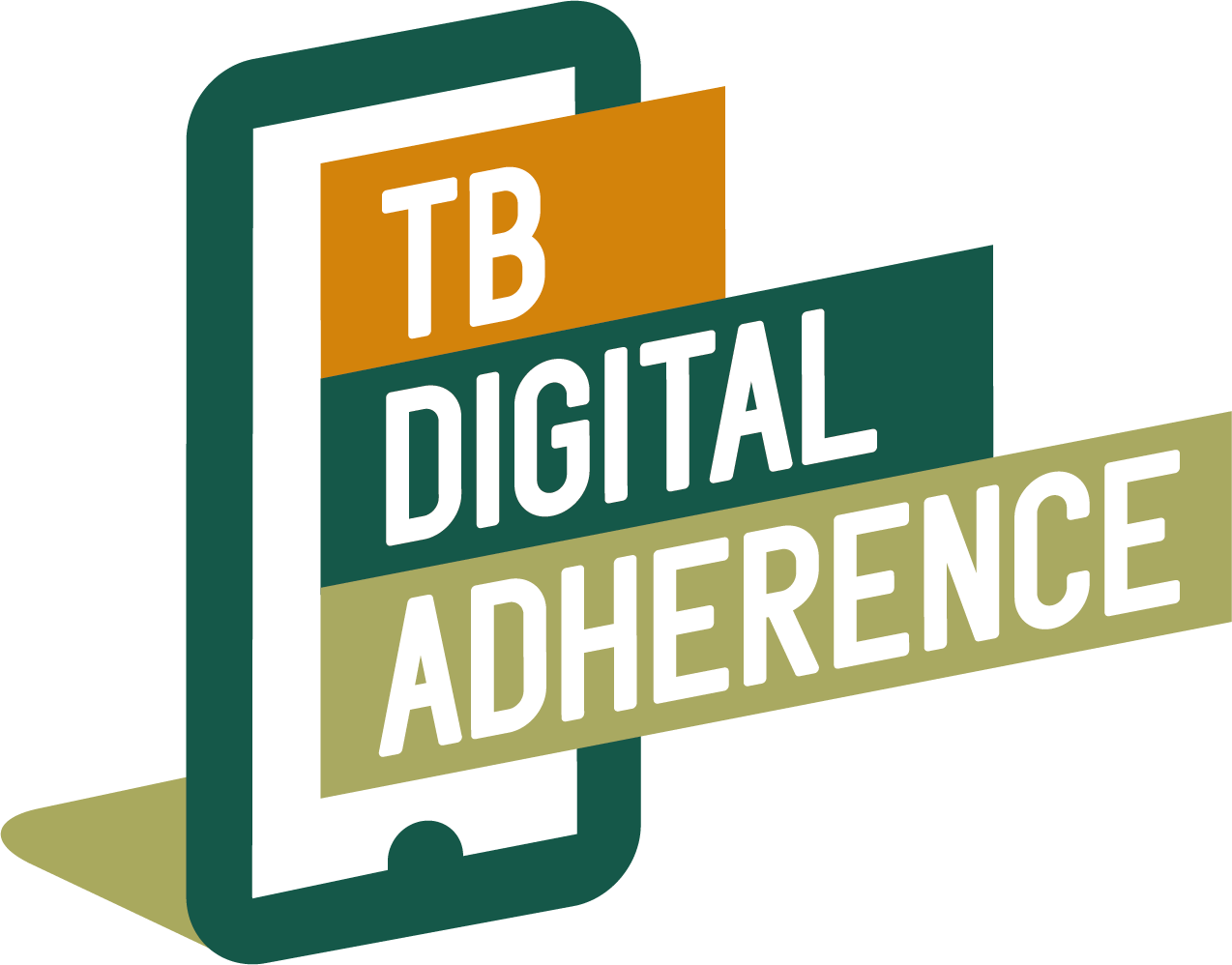Acceptability of the Medication Event Reminder Monitor for Promoting Adherence to Multidrug-Resistant Tuberculosis Therapy in Two Indian Cities: Qualitative Study of Patients and Health Care Providers
Abstract
Background: Patients with multidrug-resistant tuberculosis (MDR-TB) face challenges adhering to medications, given that treatment is prolonged and has a high rate of adverse effects. The Medication Event Reminder Monitor (MERM) is a digital pillbox that provides pill-taking reminders and facilitates the remote monitoring of medication adherence.
Objective: This study aims to assess the MERM’s acceptability to patients and health care providers (HCPs) during pilot implementation in India’s public sector MDR-TB program.
Methods: From October 2017 to September 2018, we conducted qualitative interviews with patients who were undergoing MDR-TB therapy and were being monitored with the MERM and HCPs in the government program in Chennai and Mumbai. Interview transcripts were independently coded by 2 researchers and analyzed to identify the emergent themes. We organized findings by using the Unified Theory of Acceptance and Use of Technology (UTAUT), which outlines 4 constructs that predict technology acceptance—performance expectancy, effort expectancy, social influence, and facilitating conditions.
Results: We interviewed 65 patients with MDR-TB and 10 HCPs. In patient interviews, greater acceptance of the MERM was related to perceptions that the audible and visual reminders improved medication adherence and that remote monitoring reduced the frequency of clinic visits (performance expectancy), that the device’s organization and labeling of medications made it easier to take them correctly (effort expectancy), that the device facilitated positive family involvement in the patient’s care (social influences), and that remote monitoring made patients feel more cared for by the health system (facilitating conditions). Lower patient acceptance was related to problems with the durability of the MERM’s cardboard construction and difficulties with portability and storage because of its large size (effort expectancy), concerns regarding stigma and the disclosure of patients’ MDR-TB diagnoses (social influences), and the incorrect understanding of the MERM because of suboptimal counseling (facilitating conditions). In their interviews, HCPs reported that MERM implementation resulted in fewer in-person interactions with patients and thus allowed HCPs to dedicate more time to other tasks, which improved job satisfaction.
Conclusions: Several features of the MERM support its acceptability among patients with MDR-TB and HCPs, and some barriers to patient use could be addressed by improving the design of the device. However, some barriers, such as disease-related stigma, are more difficult to modify and may limit use of the MERM among some patients with MDR-TB. Further research is needed to assess the accuracy of MERM for measuring adherence, its effectiveness for improving treatment outcomes, and patients’ sustained use of the device in larger scale implementation.
